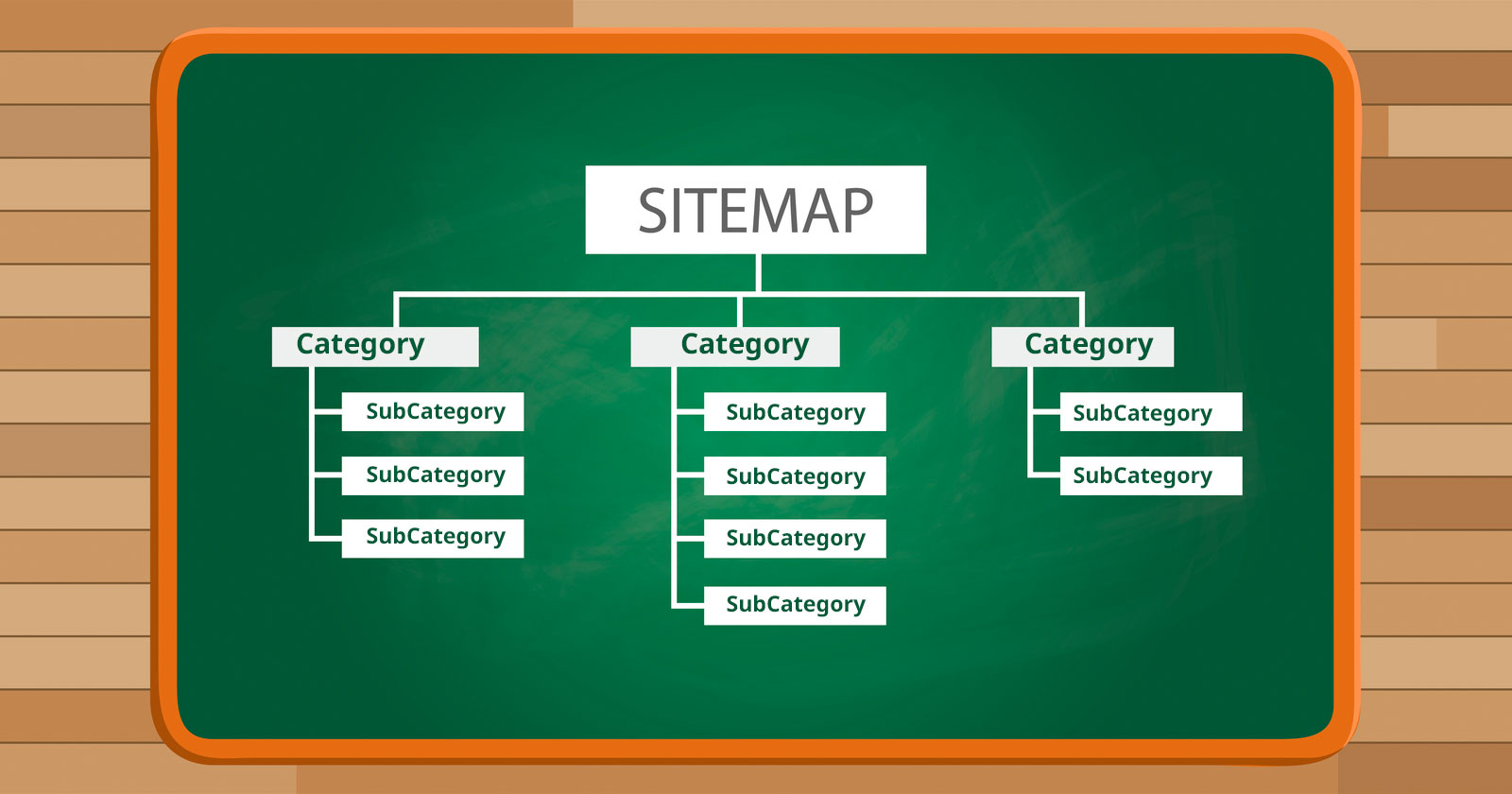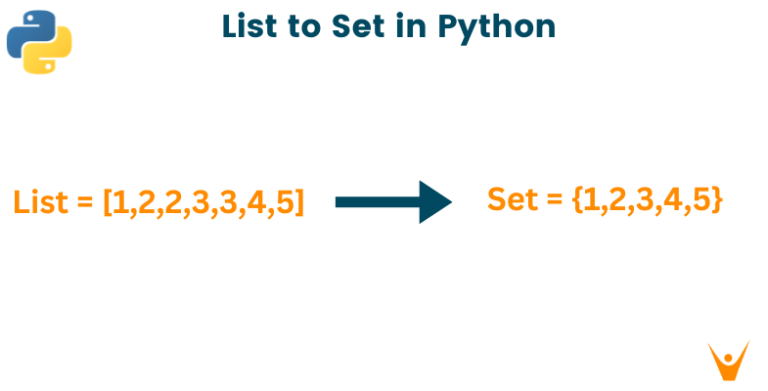Building an Ecommerce Sitemap: The Navigation Backbone of Your Online Store
In the dynamic realm of online commerce, achieving a smooth user experience is essential for achieving success. Customers expect to navigate your online store effortlessly, finding the products they desire with just a few clicks. This is where a well-crafted ecommerce sitemap comes into play.
What is an Ecommerce Sitemap?
Think of an ecommerce sitemap as a detailed blueprint of your online store. It goes beyond a traditional website sitemap by specifically catering to the complexities of product categories, subcategories, and individual product pages. This comprehensive overview serves a dual purpose:
- Guides Users on Their Shopping Journey: A user-friendly sitemap empowers customers to navigate your store with ease. They can quickly locate desired product categories, explore specific product offerings, and discover relevant content like blog posts or informational pages. This efficient navigation minimizes irritation and maintains visitor interest, resulting in a more enjoyable shopping journey overall.
- Facilitates Search Engine Crawling: Search engines like Google utilize sitemaps to discover and understand the structure of your website. A well-defined ecommerce sitemap helps search engine crawlers efficiently navigate your product pages, potentially leading to improved search engine ranking and increased organic traffic.
Why Does Your Ecommerce Store Need a Sitemap?
The benefits of an ecommerce sitemap are far-reaching. Here’s how it can significantly enhance your online store:
Enhanced User Experience:
Imagine a customer arriving at a physical store with no clear layout or signage. Finding desired items would be a frustrating maze. A well-organized sitemap acts as a digital map for your online store. Customers can effortlessly navigate product categories, subcategories, and individual product pages, streamlining their shopping journey. This reduces bounce rates, keeps visitors engaged for longer, and fosters a positive user experience – a critical factor in today’s competitive online marketplace.
Improved SEO:
Search engines like Google rely on sitemaps to understand the structure and content of your website. A well-defined ecommerce sitemap essentially acts as a roadmap, guiding search engine crawlers to all your product pages. This efficient crawling process can lead to better search engine ranking for relevant keywords. When your product pages appear higher in search results, you gain valuable organic traffic – potential customers who are actively searching for products you offer.
Streamlined Content Organization:
An ecommerce store often encompasses a diverse range of content, including product pages, blog posts, informative articles, and even landing pages for promotions. A well-structured sitemap acts as a central nervous system, ensuring all this valuable content is properly indexed and accessible. This not only benefits search engines but also empowers you to manage your website content effectively. You can easily identify gaps in content strategy or ensure new product pages are promptly included in the sitemap, maintaining a cohesive and organized online presence.
Reduced Bounce Rate:
Have you ever entered a website and left immediately because you couldn’t find what you were looking for? A confusing website structure with hidden menus or unclear navigation can lead to high bounce rates – visitors who leave your website without taking any desired action, like making a purchase. A clear and user-friendly sitemap tackles this issue head-on. Making it easy for visitors to find what they want on your website helps prevent them from getting annoyed and keeps them interested. This not only improves the overall user experience but also increases the likelihood of conversions, ultimately leading to more sales for your online store.
Building a Sitemap for Ecommerce Success
Crafting a comprehensive ecommerce sitemap goes beyond simply listing your website pages. It’s about creating a user-friendly and search engine-friendly roadmap that guides customers and search engine crawlers through your online store. Here’s how to achieve this:
1. Identifying Essential Sitemap Content:
- Product Taxonomy:This forms the backbone of your ecommerce sitemap. Include all product categories and subcategories, ensuring a clear hierarchy that reflects your product organization. For instance, an electronics store might have a “TVs” category with subcategories like “LED TVs,” “OLED TVs,” and “Projectors.”
- Individual Product Pages:List every single product page with its unique URL. This ensures search engines can discover and index each product effectively.
- Landing Pages:Don’t neglect landing pages specifically designed for promotions, deals, or seasonal campaigns. Including them in your sitemap ensures they get indexed and potentially attract organic traffic.
- Blog Posts and Informational Content:Your website likely features valuable content beyond just product pages. Include blog posts, informative articles, and any other relevant content within your sitemap. This not only benefits search engines but also helps users discover helpful resources on your website.
- Essential Pages: Ensure core pages like “Contact Us,” “About Us,” and “FAQs” are included in your sitemap. This makes it easy for users to find essential information about your store.
2. Structuring Your Sitemap for Optimal Navigation:
- Logical Organization:Organize your content logically, grouping related products under relevant categories and subcategories. This intuitive structure mirrors how users typically navigate online stores.
- Clear Labeling:Maintain clear and concise labels for each section within your sitemap. This makes it easy for both users and search engines to understand the content hierarchy.
- Nesting for Subpages:Utilize nesting to organize subpages within categories. For example, under the “LED TVs” subcategory, you might have subpages for different screen sizes or brands. Nesting maintains a clean and organized structure.
By following these steps, you can create a user-friendly and search engine-friendly sitemap that empowers customers to navigate your store effortlessly while also guiding search engine crawlers to effectively index your product pages and valuable content.
Technical Considerations for Your Sitemap
While a user-friendly structure is essential, don’t forget the technical aspects that ensure search engines can understand and utilize your ecommerce sitemap effectively. Here’s what you need to consider:
1. Choosing the Right Sitemap Format:
- XML Sitemaps: The Preferred Choice:For ecommerce stores, XML sitemaps are the industry standard. They offer a structured format that search engines can easily crawl and process. XML sitemaps allow you to specify details like the URL of each page, its last modification date, and its relative priority within your website structure.
2. Submitting Your Sitemap to Search Engines:
Once your well-structured XML sitemap is created, the next step is to submit it to search engines. Here are the key players:
- Google Search Console:This is a free tool offered by Google that allows you to submit your sitemap and monitor its performance. Submitting your sitemap to Google Search Console helps Google discover and index your product pages and website content more efficiently, potentially leading to improved search ranking.
- Bing Webmaster Tools:Similar to Google Search Console, Bing Webmaster Tools is a free service offered by Bing. Submitting your sitemap here helps Bing crawl and index your website effectively, increasing your visibility in Bing search results.
By choosing the right format (XML) and submitting your sitemap to search engines like Google and Bing, you can ensure optimal search engine visibility for your ecommerce store. This, combined with a user-friendly structure, creates a powerful tool that benefits both users and search engines, ultimately driving organic traffic and sales to your online store.
Maintaining Your Ecommerce Sitemap for Optimal Performance
An ecommerce sitemap isn’t a static document; it’s a dynamic roadmap that needs to evolve alongside your online store. Here’s how to ensure your sitemap remains a valuable tool for both users and search engines:
1. Embrace Regular Updates:
- Fresh Content Integration:As your product offerings expand, promptly add new product pages to your sitemap. This ensures search engines discover and index your latest products, keeping your store’s content fresh and relevant.
- Blog Post Inclusion:New blog posts or informative content should also be incorporated into your sitemap. This not only helps search engines find valuable content but also allows users to discover helpful resources on your website.
- Website Changes Reflected:If you undergo any significant website changes, like restructuring categories or modifying page URLs, be sure to update your sitemap accordingly. This maintains consistency and prevents broken links.
2. Monitor for Broken Links:
Broken links within your sitemap can be detrimental to user experience. Imagine a customer clicking on a product page within your sitemap, only to encounter a frustrating “404 Not Found” error. To avoid this:
- Schedule Regular Checks:Utilize online tools or website monitoring services to scan your sitemap for broken links at regular intervals.
- Prompt Repairs:Once you identify broken links, prioritize fixing them promptly. This could involve redirecting to the correct page or removing the outdated link from your sitemap altogether.
By keeping your sitemap up-to-date and addressing broken links, you ensure a smooth user experience and optimal performance for search engines. Remember, a well-maintained sitemap is an ongoing process, but the effort is well worth the rewards of a user-friendly and search engine-optimized online store.
Taking Your Ecommerce Sitemap to the Next Level
Having established the foundation for a strong ecommerce sitemap, let’s explore additional tips to elevate it to a powerful tool that maximizes both user experience and search engine optimization (SEO):
1. Leveraging SEO Best Practices:
- Keyword Integration: While user-friendliness is paramount, don’t neglect SEO when crafting your sitemap. Strategically integrate relevant keywords within your sitemap titles, page descriptions, and category labels. This can help search engines understand the content of your website better, potentially leading to improved search ranking for those keywords.
- Clear Page Titles:Ensure each page within your sitemap has a clear and concise title that accurately reflects its content. These titles are not only visible within your sitemap but might also be displayed in search engine results pages. Compelling and informative page titles can entice users to click through and visit your website.
2. Exploring Dynamic Sitemaps:
- Automated Updates: Maintaining an ecommerce sitemap can be time-consuming, especially as your product offerings and website content grow. Consider using dynamic sitemaps. These sitemaps automatically update whenever you add new product pages, blog posts, or make significant website changes. This eliminates the need for manual updates, saving you valuable time and effort.
3. Testing Before Submission:
- Ensuring Accuracy: Before submitting your sitemap to search engines like Google Search Console and Bing Webmaster Tools, run a validation test. Various internet tools are available to examine your sitemap for problems like broken links or errors in how it’s written. Addressing any identified issues before submission ensures your sitemap functions optimally and provides accurate information to search engines.
By incorporating these advanced strategies, you can create a powerful ecommerce sitemap that goes beyond basic navigation. Your sitemap becomes an SEO asset, contributing to improved search ranking and ultimately driving more organic traffic to your online store. Remember, a well-crafted sitemap is an investment in the long-term success of your ecommerce business.
Conclusion
A well-structured ecommerce sitemap is an invaluable tool for both users and search engines. By prioritizing sitemap creation and maintenance, you can ensure a seamless user experience, potentially improve SEO, and ultimately drive success for your online store. Remember, your sitemap serves as the navigational backbone of your online store. Just like a well-maintained road leads travelers to their destination, a clear and organized sitemap guides users on their shopping journey, ultimately increasing the chances of a successful purchase.
Don’t just improve your navigation, elevate your entire ecommerce strategy with OnextDigital! We are a full-service digital agency offering a comprehensive suite of services to empower your online store. From SEO optimization and web development to crafting an exceptional user experience, our team of experts can transform your ecommerce sitemap into a powerful tool that drives organic traffic, conversions, and ultimate success. Contact us today and let’s discuss how we can help your online store thrive!









